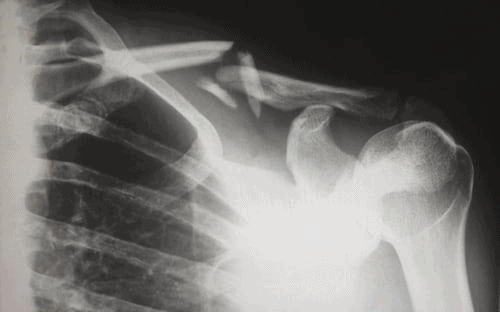Featured image by Andrey_Popov
If an employee gets injured on the job, they are entitled to workers’ compensation benefits. What are these benefits, and what do they provide for an injured worker? Keep reading to learn more.
RELATED ARTICLE: HOW DO I KEEP MY WORKERS SAFE FROM ASBESTOS?
How Does an Employee Qualify for Workers’ Compensation?
All employers in the state of California, as well as those in many other states, must pay for workers’ compensation insurance. This may be true even if the business has only one employee.
Workers’ compensation benefits do not extend to freelancers, consultants, or independent contractors. However, just because an employer has classified someone as an independent contractor doesn’t necessarily mean that they are. Generally, if an employer controls a worker’s schedule, makes deductions from their pay for unemployment and Social Security, or pays them an hourly wage or salary, they are probably an employee.
According to experts at this URL, if you think you have misclassified someone as an independent contractor, you should consult an attorney for assistance.
Employers must pay for workers’ compensation benefits themselves, as the State of California considers it a cost of doing business. Therefore, California employers are not allowed to take it out of an employee’s paycheck. This restriction may also apply to employers in other areas as well. Companies in California are subject to fines of up to $100,000 for failing to provide workers’ compensation coverage.
Workers’ compensation may apply to one-time injuries. It may also apply to injuries sustained due to repeated actions required as part of an employee’s job. These can include such things as such as repetitive motion injuries or hearing damage.

Photo by Harlie Raethel on Unsplash
What Benefits Does Workers’ Compensation Provide?
Workers’ compensation coverage provides numerous benefits to injured employees.
Medical Care
Workers’ comp will pay for the cost of medical treatment due to an injury an employee sustains while on the job.
Temporary Disability Benefits
Injured workers are eligible to be paid two-thirds of their regular wages while they are unable to work due to an injury. Temporary disability applies if their injury prevents them from doing their job for at least three days, according to a doctor’s opinion. Temporary disability should last until the worker is able to return to their job. Alternatively, their temporary disability may come to an end when their doctor says the injury won’t improve with further treatment.
Permanent Disability Benefits
Even if an employee is eventually able to return to work, they may still be eligible for permanent disability benefits. This may be the case if they never completely recover from their work-related injury.
Supplemental Job Displacement Benefits
If an employee doesn’t completely recover from the injury and they are unable to return to work, they may be eligible for money to help pay the cost of retraining to do another job.
Death Benefits
If an employee dies due to a workplace accident, the surviving family members will be eligible for money to help pay for the cost of funeral expenses and future lost wages of the employee.
What Is the Process for Filing a Workers’ Compensation Claim?
After someone suffers an injury on the job, their employer must provide them with a workers’ compensation claim form within one working day of the time they report the injury. Once they complete the claim form, their employer must provide them with a copy of the completed form and send the form to the claims administrator. Within one day of receiving the claim, their employer must authorize payment for immediate medical treatment, up to $10,000.
RELATED ARTICLE: WORKPLACE HAZARDS: TIPS FOR NEW BUSINESS OWNERS
Doctors treating workers’ compensation injuries must provide evidence-based medical treatment. The California’s Division of Workers’ Compensation continuously updates a medical treatment utilization schedule in which the division outlines approved treatments, including frequency and duration of treatment. An injured employee can continue receiving treatment for as long as is medically necessary.
RELATED ARTICLE: 7 WAYS TO PROMOTE A CULTURE OF SAFETY IN YOUR ORGANIZATION
Conclusion
The information in this article applies primarily to employers in the state of California. However, employers in other regions may also find it useful. To find out more about workers’ compensation law in the region where you operate your business, be sure to seek out legal advice near you.
RELATED ARTICLE: DIRECT AND INDIRECT COSTS INVOLVED IN WORKPLACE ACCCIDENTS

